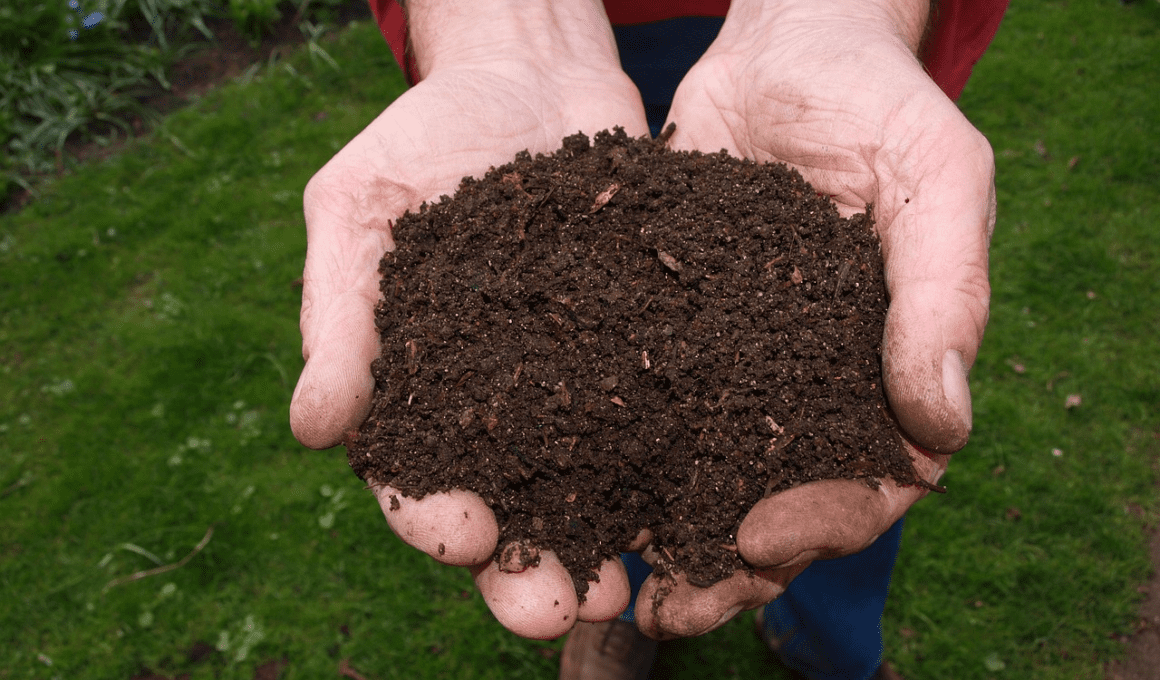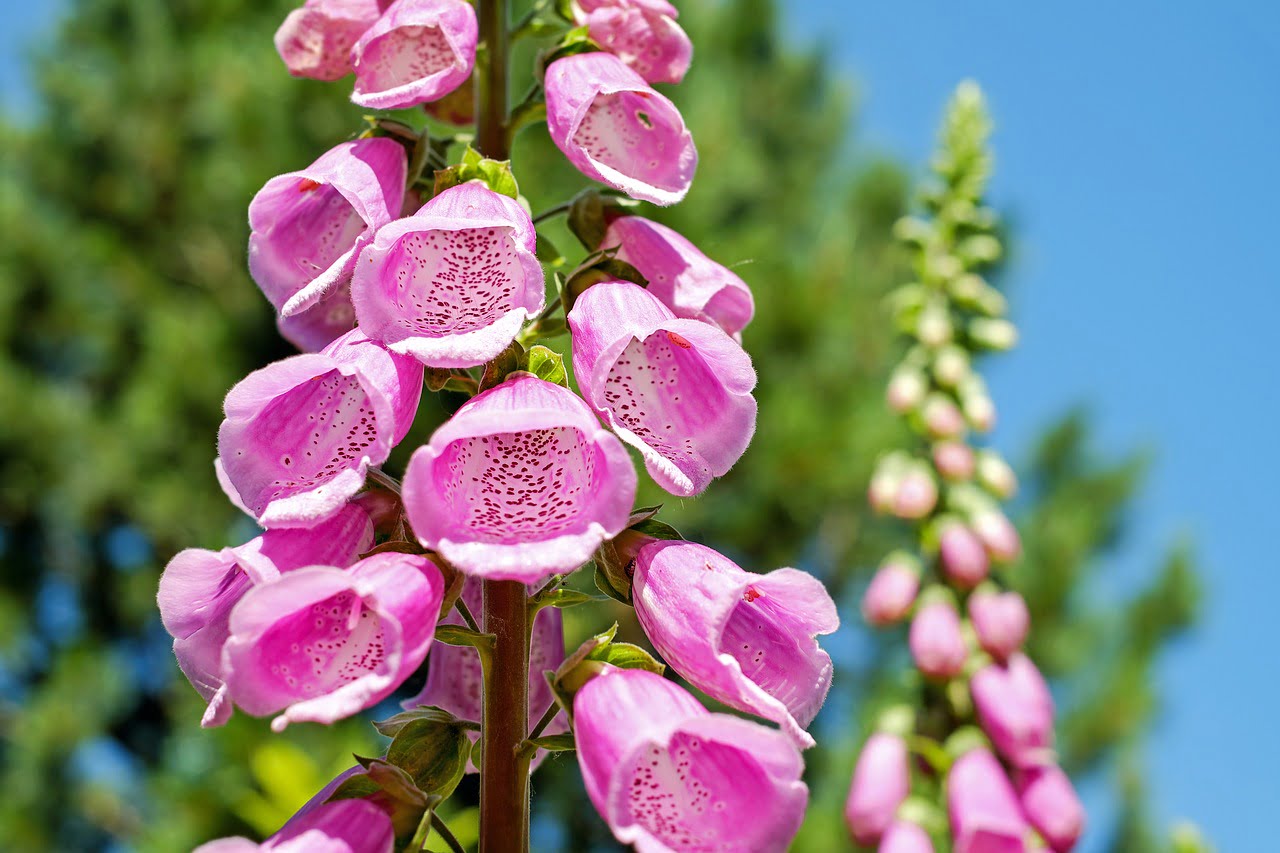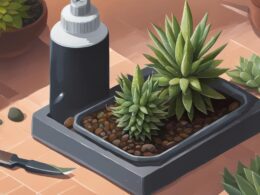Do you want to recycle your household waste and turn it into a nutrient-rich amendment for your plants? Composting is the way to go! However, when it comes to covering your compost pile, you may be unsure of what to do.
You want to protect it from excessive rainfall, pests, and sun exposure, but you also don’t want to impede the composting process and create unpleasant odors. Don’t worry, we’re here to help you navigate the composting dilemma!
In this article, we will explore the pros and cons of covering your compost pile and provide you with tips on how to do it effectively. We understand that composting can seem overwhelming, but with the right information and techniques, you can create a safe and healthy environment for your compost pile to thrive.
So, whether you’re a seasoned composter or just starting, let’s dive in and discover the best approach for your compost pile!
Quick Takeaways
- Composting is a sustainable way to recycle household waste and benefit plants.
- Covering a compost pile can protect it from weather and retain heat, prevent odors and deter pests, but should only be done if specific issues arise.
- Turning the pile frequently promotes aeration and heat generation, and can prevent anaerobic conditions.
- Effective composting requires adding enough green and brown matter, avoiding common composting mistakes, and using the right information and techniques.
Covering Compost Pile
You may be wondering whether to cover your compost pile, but there are pros and cons to covering it.
Covering your compost pile can protect it from excessive rainfall and pests. However, it can also impede the composting process and create anaerobic conditions that kill beneficial microbes and cause odors.
If you do choose to cover your compost pile, it’s important to use the best covering materials. A tarp or plastic cover can be effective, but it should be removed every day or two and turned to prevent anaerobic conditions.
A wire mesh cover can be used for larger animals, and a barrier method can be used to deter pests. Remember, it’s best not to cover your compost pile unless specific issues arise.
Benefits of Covering
Protect your compost pile from excessive rainfall, pests, and sun exposure by using a cover. A cover can also help retain heat during colder seasons. However, be mindful that covering your pile can create anaerobic conditions that kill beneficial microbes and cause odors. To prevent this, make sure to turn your pile frequently and use a barrier method to deter pests.
Reducing odors and pest prevention are two benefits of covering your compost pile. By covering your pile, you can prevent odors from escaping and attracting unwanted pests. To further prevent pests, consider using wire mesh or building a lean-to type cover.
Remember to remove the cover every day or two and turn the pile to prevent anaerobic conditions. By using a cover, you can protect your compost pile and create nutrient-rich amendment that your plants will love.
Tips for Effective Composting
To effectively compost, it’s important to regularly turn your pile to increase heat generation and promote aeration. This brings oxygen to the microbes that break down the organic matter in your pile, which creates faster composting and reduces odors.
Aeration also helps to prevent anaerobic conditions that can kill off beneficial microbes, which are essential for breaking down your compost.
One common mistake in composting is not adding enough green matter to your pile. Green matter includes fresh grass clippings, vegetable scraps, and coffee grounds. Without enough green matter, your compost pile may become too dry and not break down properly.
Another common mistake is not having enough brown matter, such as dried leaves and twigs, which helps to balance the moisture levels in your pile.
By avoiding these mistakes and promoting aeration in your compost pile, you can enjoy the benefits of nutrient-rich compost for your garden.
Frequently Asked Questions
Can I compost meat and dairy products in my compost pile?
You can compost meat and dairy products, but it can attract pests and create strong odors. Avoid adding large amounts. Mix with high carbon materials and cover with soil. Keep pile turned and moist.
How often should I turn my compost pile?
To keep your compost pile healthy, turn it every 2-3 weeks. This increases air circulation, heat production, and microbial activity. Aeration helps break down organic matter faster and prevents bad odors.
Can I add weeds to my compost pile?
You can add weeds to your compost pile. Pros include adding organic matter and nutrients to the pile. Cons include introducing weed seeds. Alternative solutions include drying out the weeds before adding them or using a hot composting method.
What can I do if my compost pile smells bad?
If your compost pile smells bad, troubleshoot by managing moisture levels. Turn the pile, add dry materials, and avoid adding meats or dairy. Covering can create anaerobic conditions, so be cautious.
How long does it take for compost to be ready to use in my garden?
Composting methods vary, but it generally takes 3-6 months for compost to be ready. Composting troubleshooting includes turning the pile more often, adding more nitrogen-rich materials, and avoiding adding meat or dairy products to the pile.








